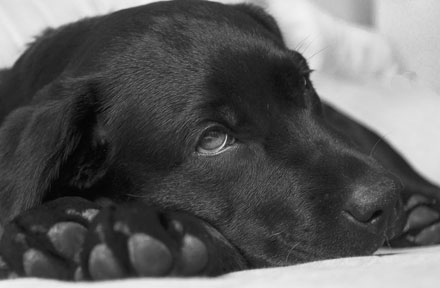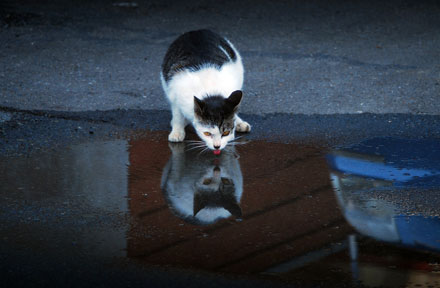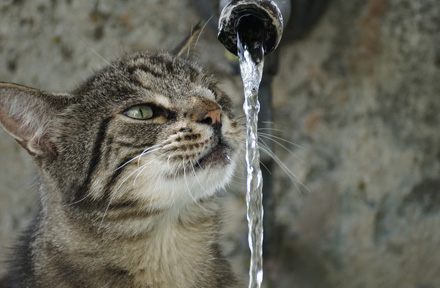Jul 11, 2024
Author:Lisa Martinez
Keeping your dog well-hydrated is crucial for their overall health and well-being. Just like humans, dogs need a consistent intake of water to maintain bodily functions, regulate temperature, and stay active. This article aims to educate pet owners on the importance of hydration for dogs, how to identify dehydration, and what steps to take if your dog shows signs of being dehydrated.
Dehydration in dogs occurs when there is an excessive loss of bodily fluids, primarily water, which can disrupt normal physiological functions. Common causes of dehydration include insufficient water intake, excessive heat exposure, vomiting, diarrhea, and certain illnesses. Water plays a vital role in maintaining a dog’s health by facilitating digestion, circulation, and temperature regulation.
One of the early signs of dehydration is a dry or cracked nose and dry, sticky gums.

Gently pull up the skin on your dog’s neck or back; if it doesn’t snap back quickly, your dog might be dehydrated.
Dehydrated dogs often have sunken or dull-looking eyes.
If your dog’s saliva is thick and sticky rather than watery, dehydration could be the cause.
Dehydrated dogs may appear unusually tired or sluggish.

Increased panting and rapid breathing can be signs of dehydration.
Dehydration can cause a loss of interest in food.

Less frequent urination or dark-colored urine can indicate dehydration.
Gently pinch and lift the skin on your dog’s back or neck. If it takes time to return to its original position, your dog may be dehydrated.
Touch your dog’s gums; they should feel moist. Dry gums are a sign of dehydration.

Keep an eye on how much water your dog drinks and how often they urinate. A decrease in either can indicate dehydration.
Allow your dog to drink small amounts of water at a time. Consider using a pet water fountain, like the WOpet dog water fountain, which encourages continuous hydration.

Offer a pet-safe electrolyte solution to help replenish lost minerals and fluids.
If your dog is reluctant to drink, offering ice chips can be a gentle way to hydrate them.
Do not force your dog to drink large amounts of water quickly, as it can cause vomiting.
Always provide your dog with clean, fresh water.

Pay extra attention to your dog’s water consumption, especially during hot weather or after exercise.
Including wet food in your dog’s diet can help increase their overall water intake.
Pet water fountains encourage dogs to drink more water by keeping it fresh and appealing.

Avoid excessive exercise and ensure your dog stays cool during hot days.

Breeds Prone to Dehydration: Some breeds, such as Bulldogs and Pugs, are more prone to dehydration due to their shorter snouts and difficulty in regulating body temperature.
Puppies vs. Senior Dogs: Puppies and senior dogs are at higher risk of dehydration. Puppies need more frequent hydration, while senior dogs may have health issues that contribute to fluid loss.
Activity Levels and Hydration Needs: Active dogs or those involved in high-energy activities require more water to stay hydrated.
Preventing and identifying dehydration in dogs is crucial for maintaining their health and well-being. Regularly monitoring your dog’s hydration status and taking steps to ensure they have constant access to water can help prevent dehydration. Remember to consult your veterinarian for regular check-ups and stay informed about your pet’s health to provide the best care possible. Ensuring proper hydration is a key component of keeping your furry friend happy and healthy.
Popular Post

What to Feed a Sick Dog With No Appetite? [2025 Guide]
May 16, 2023

Troubleshooting Common Issues with Automatic Pet Feeders: Tips & Tricks for Pet Owners
Oct 26, 2023

Why Does My Cat Cough After Drinking Water? 8 Potential Reasons
Mar 13, 2023

Why is My Cat Throwing up Water? Top 5 Causes Here
Feb 08, 2023

My Cat Only Eats A Little at A Time - What to Do?
Feb 27, 2023
$99.99
$129.99
Copyright © 2025 WOPET. All Rights Reserved.